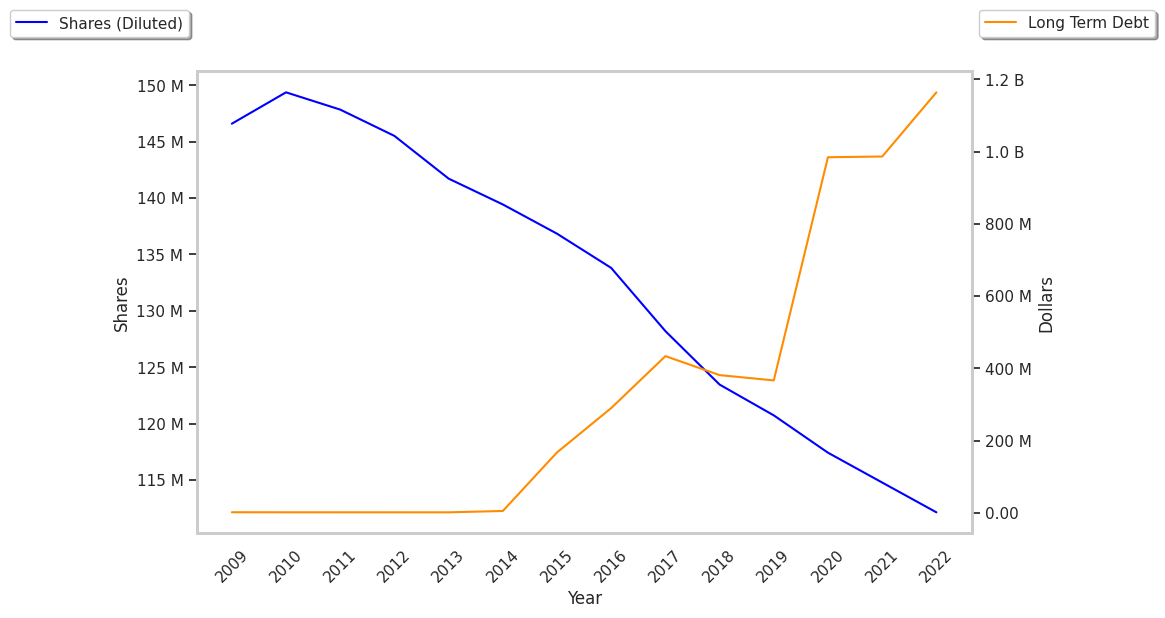Most analysts love Tractor Supply, which has an average rating of buy. But there's reason to believe the stock may be overvalued at today's price of $51.75 per share. Let's look at the fundamentals ourselves and see if we reach a different conclusion than the analyst community.
Tractor Supply has a P/E ratio of 25.7 based on its 12 month trailing earnings per share of $2.01. Considering its future earnings estimates of $11.13 per share, the stock's forward P/E ratio is 4.6. In comparison, the average P/E ratio of the Consumer Discretionary sector is 20.93 and the average P/E ratio of the S&P 500 is 29.3.
We can also compare the ratio of Tractor Supply's market price to its book value, which gives us the price to book, or P/B ratio. A company's book value refers to its present equity value -- or what is left over when we subtract its liabilities from its assets. TSCO has a P/B ratio of 12.28, with any figure close to or below one indicating a potentially undervalued company.
A comparison of the share price versus company earnings and book value should be balanced by an analysis of the company's ability to pay its liabilities. One popular metric is the Quick Ratio, or Acid Test, which is the company's current assets minus its inventory and prepaid expenses divided by its current liabilities. Tractor Supply's quick ratio is 0.089. Generally speaking, a quick ratio above 1 signifies that the company is able to meet its liabilities.
The final element of our analysis will touch on Tractor Supply's ability to generate cash for the benefit of its shareholders or for reinvesting in the business. For this, we look at the company's levered free cash flow, which is the sum of all incoming and outgoing cash flows, including the servicing of current debt and liabilities. Tractor Supply has a free cash flow of $636.79 Million, which it uses to pay its shareholders a 1.7% dividend.
At Market Inference, we will keep monitoring Tractor Supply to see if the analysts were right to recommend the stock despite its valuation issues. We recognize that numbers don't always tell the whole story, and that qualitative factors often set high performing investments apart from the rest.



